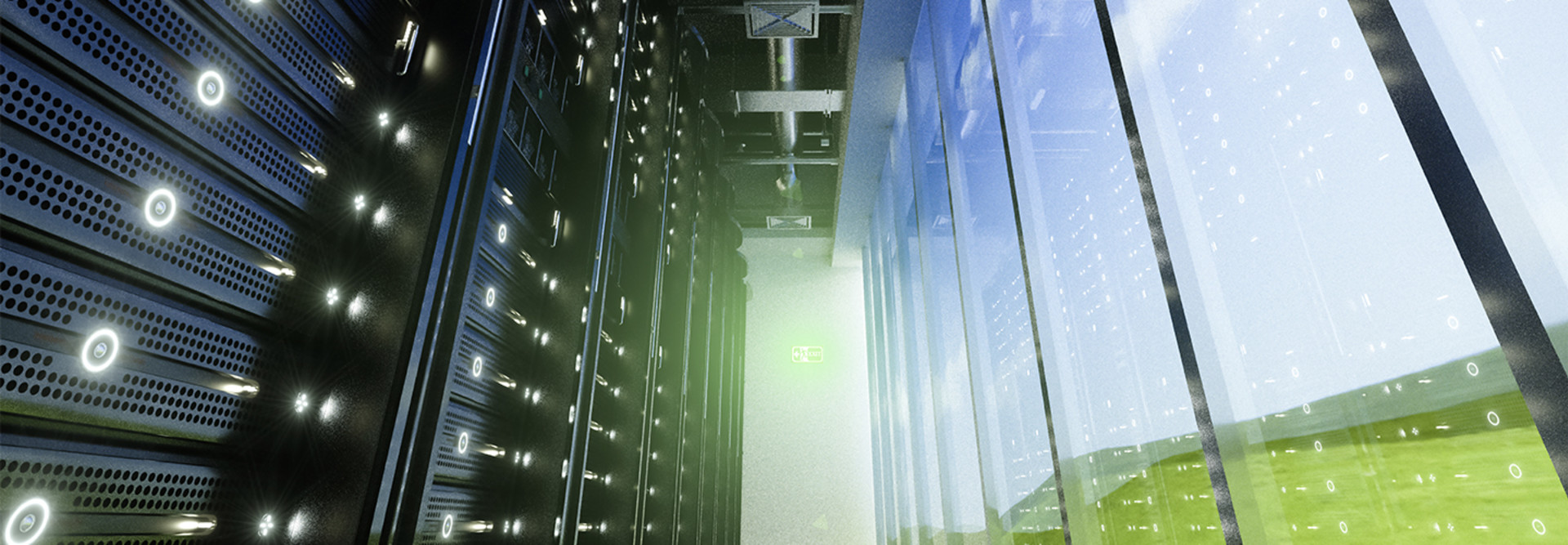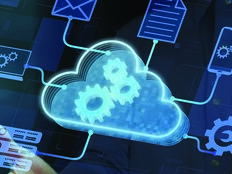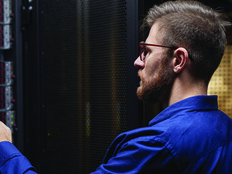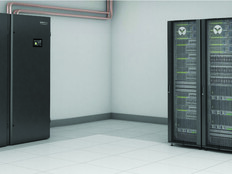What Is Green Computing?
IBM defines green computing as “the design, manufacture, use and disposal of computers, chips, other technology components and peripherals in a way that limits the harmful impact on the environment.”
These actions should help reduce carbon emissions as well as energy consumption by manufacturers, data centers and users, the IBM report states. It also notes that green computing includes “choosing sustainably sourced raw materials, reducing electronic waste and promoting sustainability through the use of renewable resources.”
Doing it the right way could make a big difference. The information and communications technology sectors are responsible for up to 4 percent of global carbon emissions, according to the Association for Computing Machinery.
DIVE DEEPER: Get practical advice on how to make a data center greener.
On the electricity production side, DOE is funding research on carbon capture technologies:
- Post-combustion systems separate carbon dioxide from the flue gas produced by conventional pulverized coal power plants.
- Pre-combustion technologies separate carbon dioxide from hydrogen and other constituents in the fuel stream used by plants that burn synthesized goal gas.
“We can start to get carbon-free electricity from fossil fuels as well,” Anderson explains.
The Department of the Interior is also pushing to reclaim abandoned mine lands as renewable energy and IT hubs. The Mineral Gap Data Center in southwestern Virginia’s Wise County is an early example. The 65,000-square-foot facility will be partially powered by on-site solar arrays.
The private sector has been quick to see the value in repurposing decommissioned coal plant properties for wind and solar energy generation for a simple reason: They’re already connected to the power grid.
How Can Federal Agencies Leverage Green Computing?
A datacenter draws power for much more than running servers. According to Aspen Global, 43 percent of the electricity goes to cooling and power provision systems. Another 14 percent is used by networking and storage devices, leaving the remaining 43 percent for servers.
With servers and AC gobbling up the lion’s share, that’s a prime target for energy savings, says Ian Hoffman, policy and technical analyst with the Center for Expertise for Energy Efficiency in Data Centers at DOE’s Lawrence Berkeley National Laboratory.
LEARN MORE: Virtualization helps federal agencies cut back on physical data centers.
“Our feeling is that one ought to try and maximize efficiency and optimize your kilowatt hours before renewable energy,” Hoffman says.
Congress has instructed agencies to consolidate their datacenter fleets and move to the cloud wherever possible. While that moves data to yet another rack of servers somewhere else, the hyperscale facilities run by big private players like Google, Amazon and Microsoft are “vastly more efficient than federal data centers.”
In most cases, the private data center operators are also more aggressive about green energy. Amazon wants 100 percent renewables by 2025, 10 years sooner than the government.












